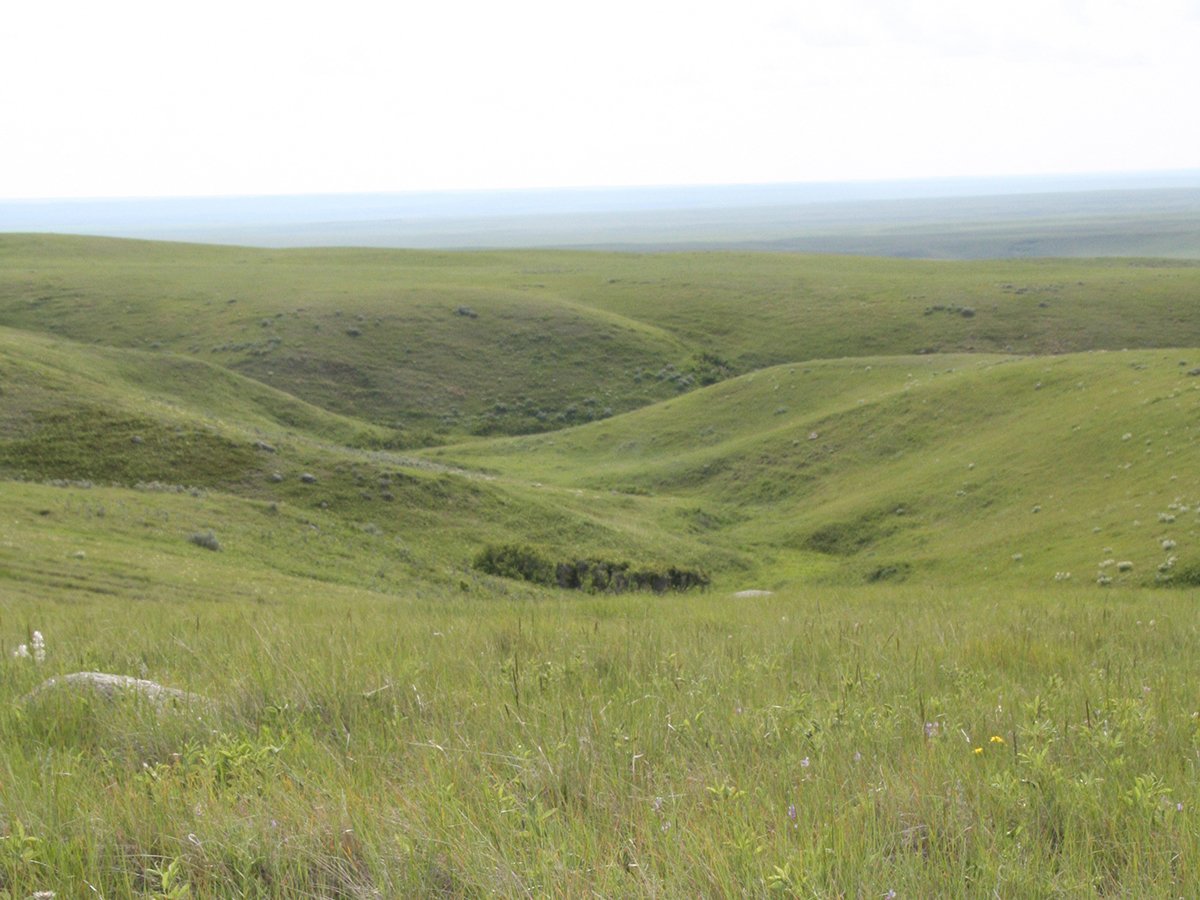The Office International des Epizooties has developed international requirements for animal disease surveillance testing.
The strategy for bovine spongiform encephalopathy is based on monitoring and risk assessment.
According to the OIE website, BSE surveillance must determine whether it is present in a country, and once it has been detected, scientists must monitor the evolution of the disease, direct control measures and monitor their effectiveness.
The strategy may need to combine several methods of investigation.
Surveillance for BSE requires laboratory examination of samples in accordance with internationally accepted methods described by the OIE. That includes the ratio of animals that must be tested on an ongoing basis based on the size of the cow herd.
Read Also

Alberta irrigation project on grasslands approved
Environmental concerns raised by Alberta conservation groups over irrigation expansion project within rural municipality
Monitoring includes examination of animals exhibiting specific symptoms. These include progressive behavioural changes such as excitability, persistent kicking when milked, changes in herd social status, and hesitation at doors, gates and barriers, as well as progressive neurological signs without symptoms of infectious illness.
Surveillance should primarily focus on cattle over 30 months of age, but younger cattle should not be ignored.
The OIE also wants an examination of cattle that have died or have been killed for reasons other than routine slaughter, including downer stock and emergency slaughter.
The OIE was established to guarantee the safety of world commerce by developing sanitary rules for international trade in animals and animal products. Its standards and regulations, which are designed to help countries protect themselves from diseases without setting up unjustified trade barriers, are written by a committee composed of member countries’ chief veterinary officers or directors of veterinary services.

















